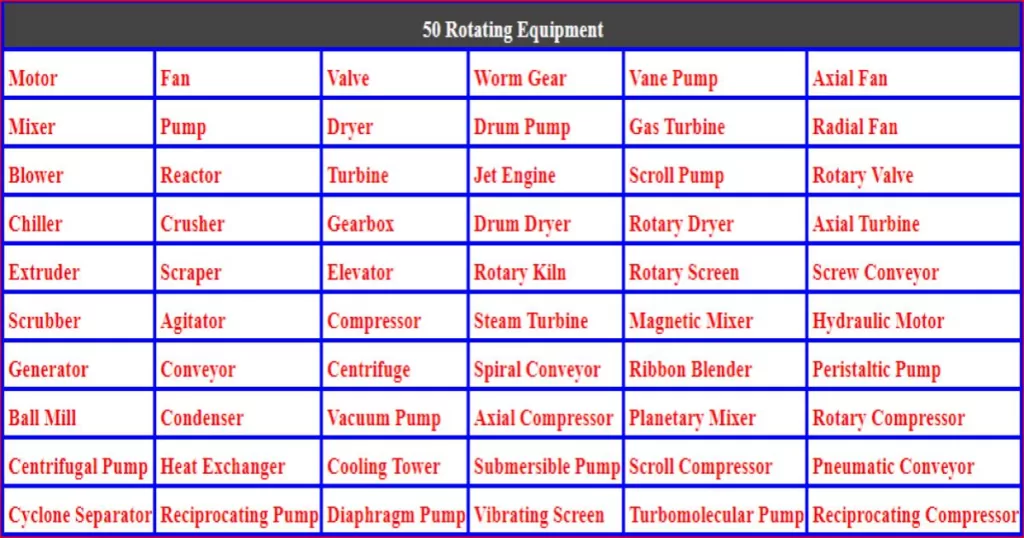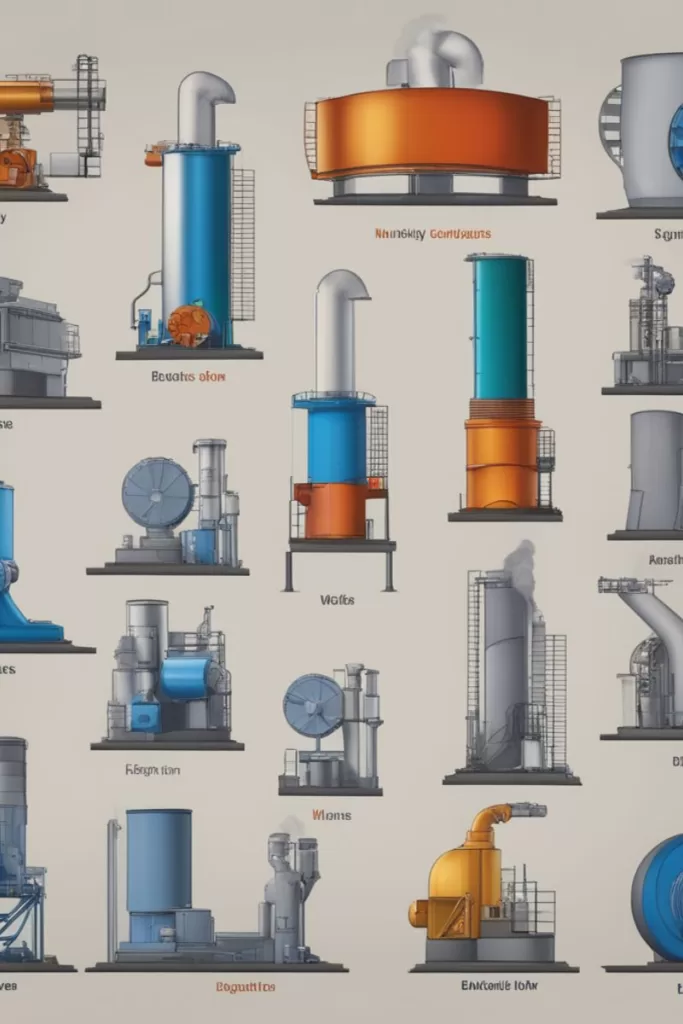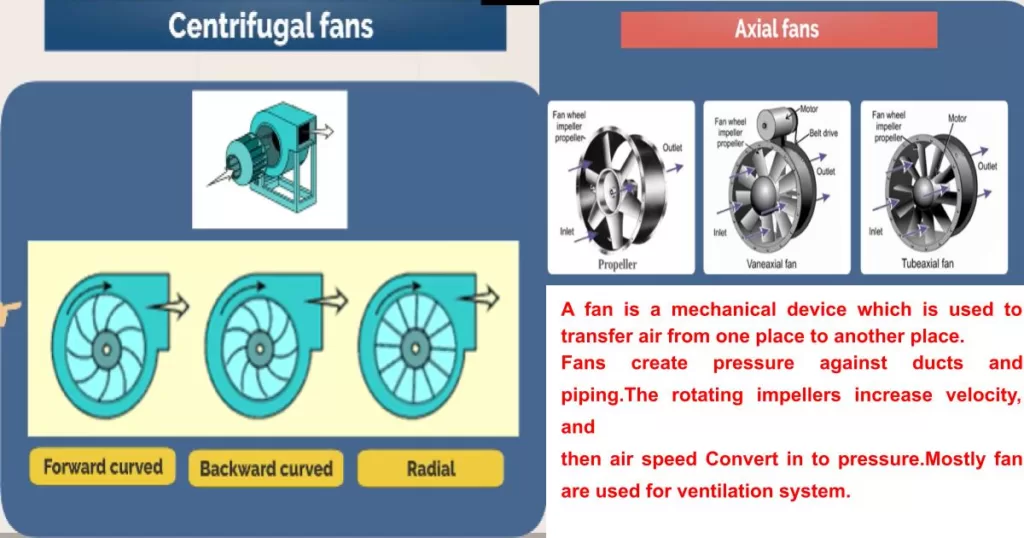Difference between centrifugal pump and Reciprocating pumps
Centrifugal Pump: |
Reciprocating Pump: |
| 1. Working principle Centrifugal Pump is a type of dynamic type pump that discharges the liquid at uniform pressure over a range of flow. Then it drops dramatically as the flow rate increases by the help of the driver (Motor) rotate the impeller (mounting on shaft connected with coupling). When the impeller starts to rotate fluid comes into the impeller eye, then mechanical energy (kinetic energy) converts into hydraulic energy by the centrifugal force which is acting on the fluid inside the casing.
2. Installation Centrifugal pumps can install easily and less space is required than reciprocating pumps for equal capacity because of the simpler design. 3. Capacity Centrifugal pump capacity can be increased easily by changing the impeller diameter or increasing the driver speed. 4.Economical The centrifugal pump is the less expansive followed by rotary and reciprocating pumps. 5. Efficiency Centrifugal pumps flow rate remains constant in this pump (proportional to the speed of operation), smooth and low pulsating is still achieved despite the change in pressure.It is less efficient than Reciprocation pumps. 6.Pressure The flow rate decreases, making the pressure increase. Pressure has no effect on the flow rate. High viscous fluid can be pumped. 7. Viscosity Pump discharge is inversely proportional to the viscosity of a fluid. 8. Priming Priming is a problem in centrifugal pump. The impeller is the main part for transferring the fluid. It will give higher discharge at low heads. 9. Maintenance Lesser maintenance is required. Mostly used for domestic and industrial purposes. It offers higher discharge at low heads. |
1. Working principle Reciprocating Pump is a type of positive displacement type pump in which a certain volume of liquid is entered in a closed cylinder and discharges the constant flow volume rate over a wider range of pressure by the help of a piston. When pistons start moving in backward trap, some amount of liquid is in the cylinder and again the piston starts moving in forwarding direction. Push the inside liquid to the outside cylinder (discharge the fluid). 2. Installation Reciprocating pumps Installation is little difficult and more space is required than other pumps for the same capacity because of the heavier and big in size to centrifugal pumps. 3. Capacity to increase the capacity is a difficult task because it needs to be changed to a complete system with a driver . 4.Economical The reciprocating pump is generally the more expansive followed by other pumps. 5. Efficiency Reciprocating pumps are generally more efficient than centrifugal pumps, but the benefit of higher efficiency tends to be offset by increased maintenance costs. 6.Pressure Reciprocating pumps can handle variations in pressure, flow, and viscosity to remain efficient. Reciprocating pump fluid viscosity has little effect on the flow rate as the pressure increases. 7. Viscosity It is generally suitable for a low volume of flow at high pressure. It is widely used for high viscous fluids. The viscosity of fluid has no effect on its discharge rate. 8. Priming The reciprocating pump has no problem with priming. Piston-cylinder main part for fluid transfer. It gives higher heads at low discharge. 9. Maintenance It requires higher maintenance, mostly used where higher discharge at the low head is needed. Mostly used in industries application and higher viscous fluid pumped at a high head. |
Conclusion of Difference between centrifugal pump and Reciprocating pumps
Both types of pumps are equally important with respect to user requirements, but if we will do the basis of cost, maintenance and space for installation then we will have to go with the centrifugal pump. But if we have to pump high viscous fluid with high pressure then we will have to go with a reciprocating pump.
Selection of pump is a big topic we will discuss in the next chapter. For till now, you can visit other reliable websites Selection of pump.


